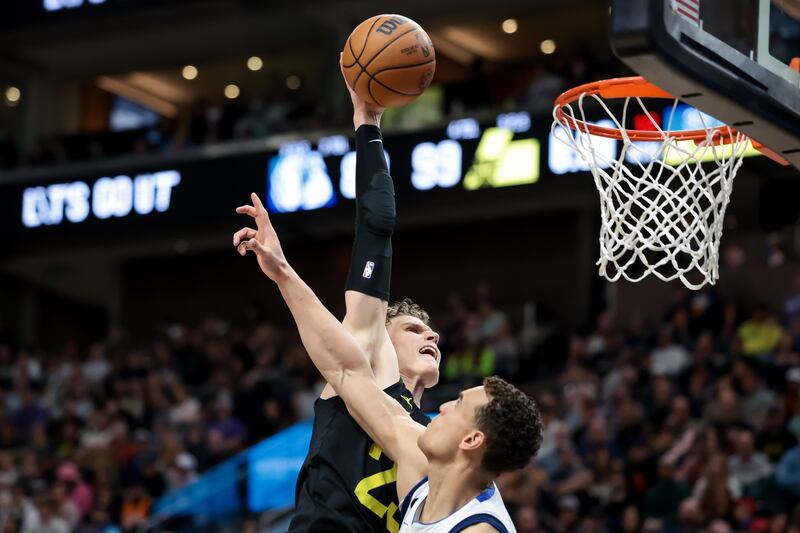The Utah Jazz beat the Luka Doncic-less Dallas Mavericks on Saturday night, and if I’m being completely honest, there wasn’t a whole lot that was too exciting about this game.
That’s the way the games get in late January to early February, right before the trade deadline and All-Star break.
A lot of teams are being cautious with injuries because they want to give guys a good amount of rest so that they can come out on the other side of the All-Star break healthy, and the teams that are not resting players are dealing with the usual fatigue and malaise that comes just before the trade deadline and All-Star break.
That being said, Jazz head coach Will Hardy was impressed with how his team was able to handle a kind of weird game against the Mavericks.
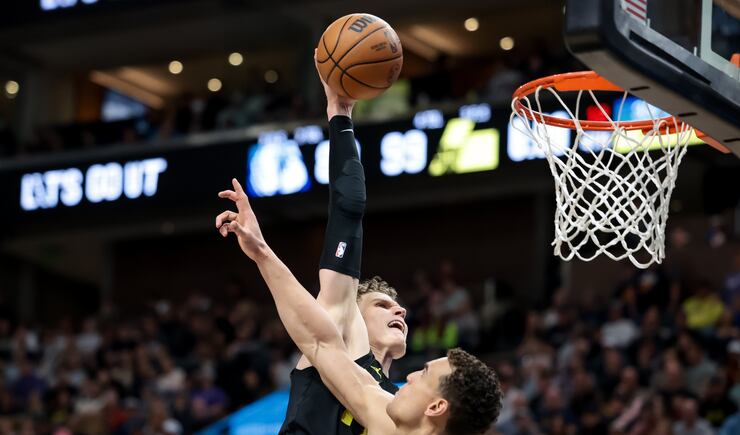
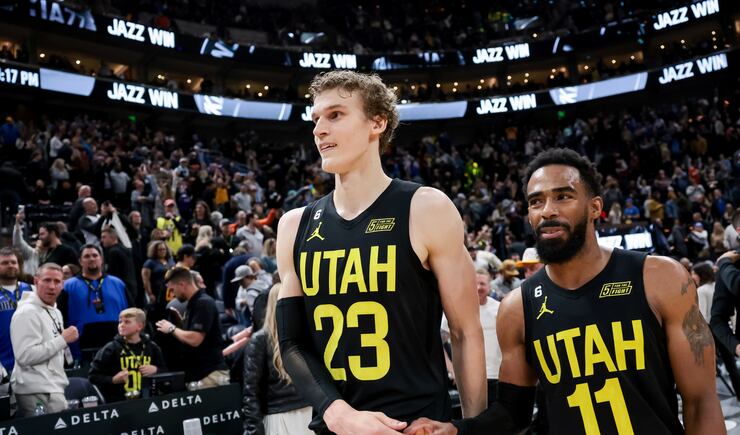
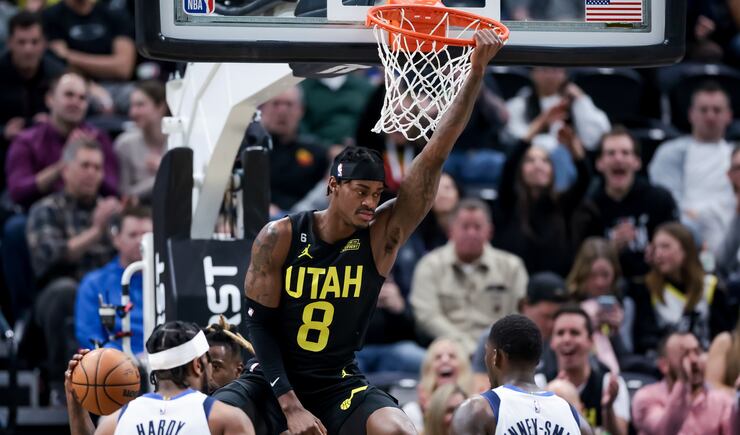
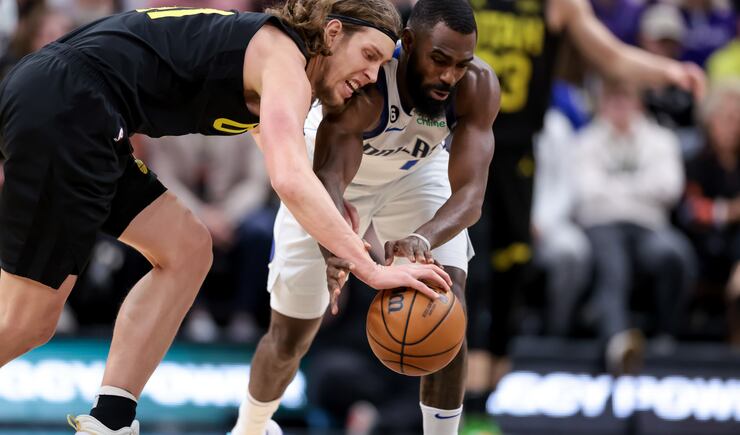
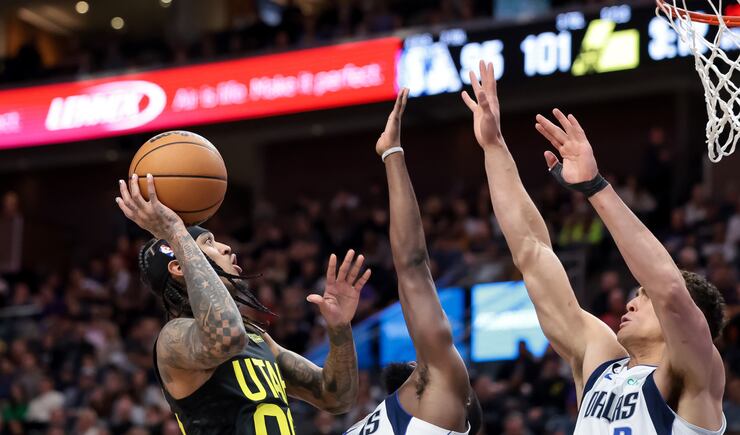
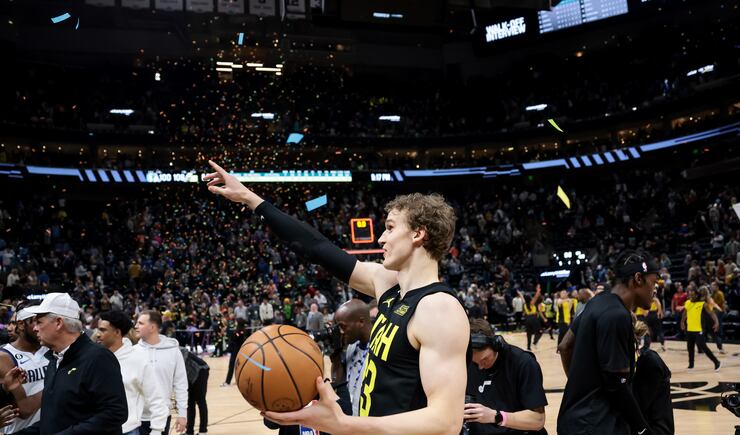
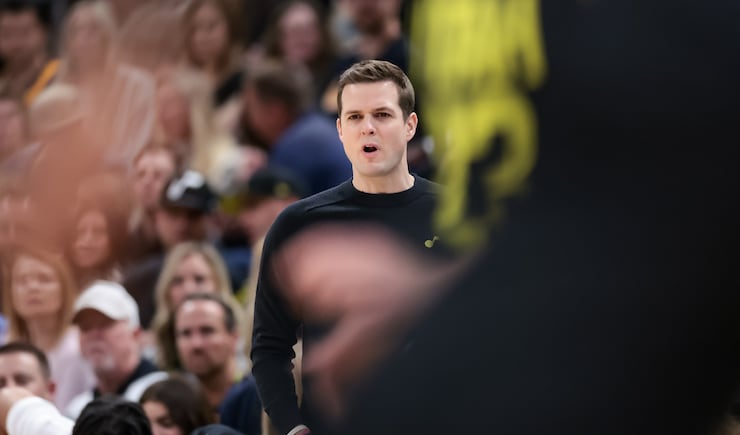
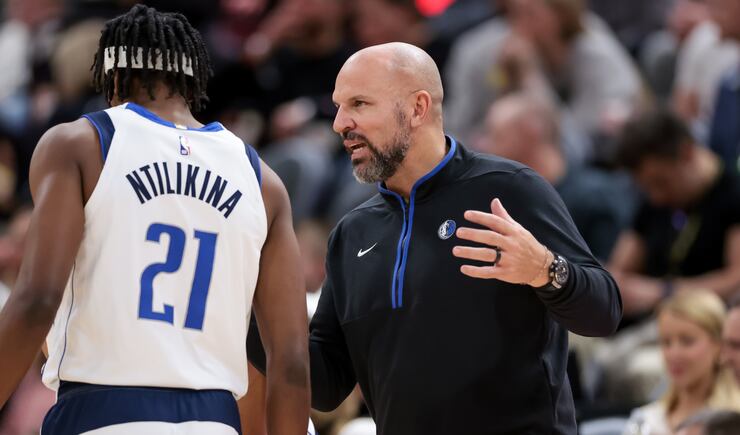
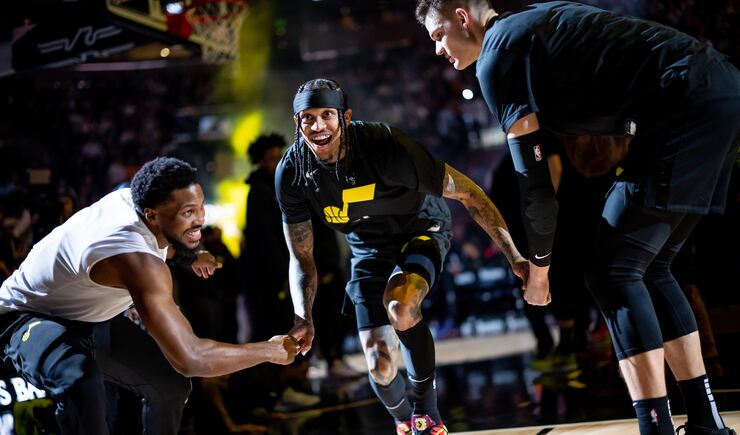
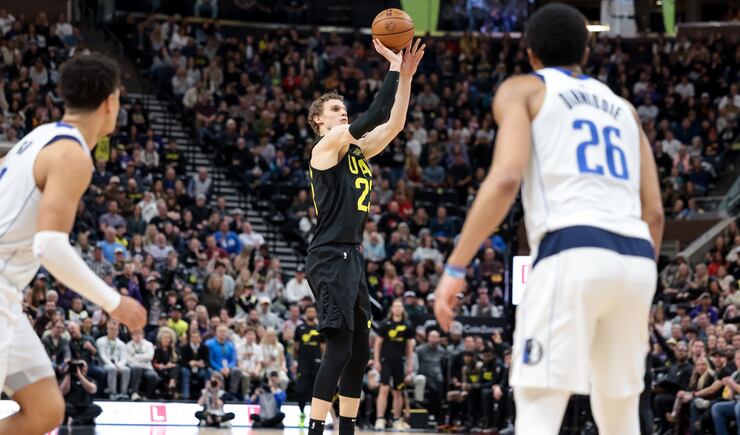
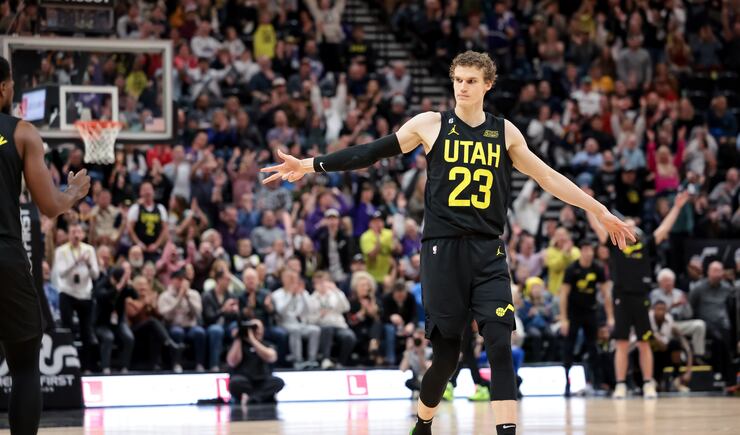
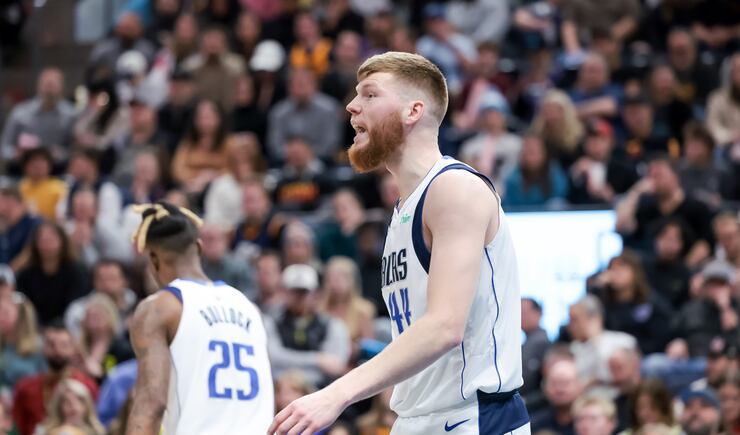
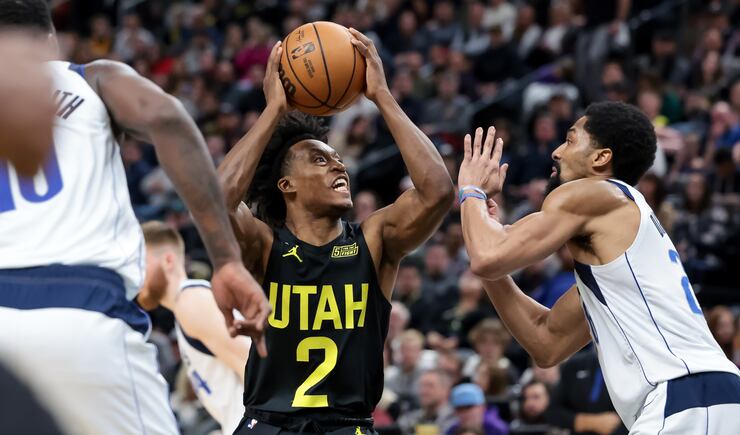
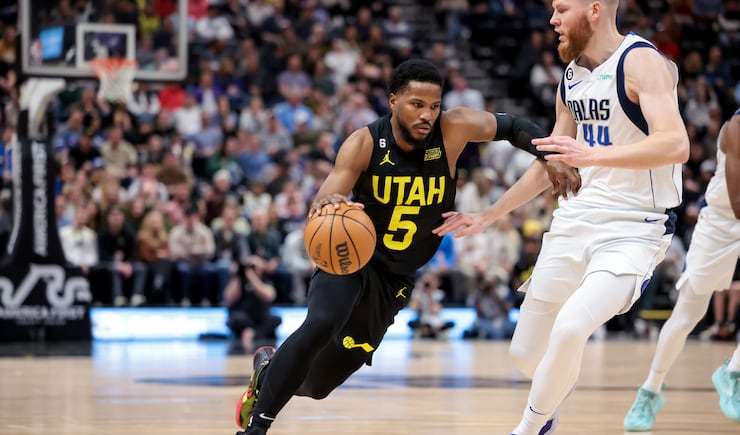
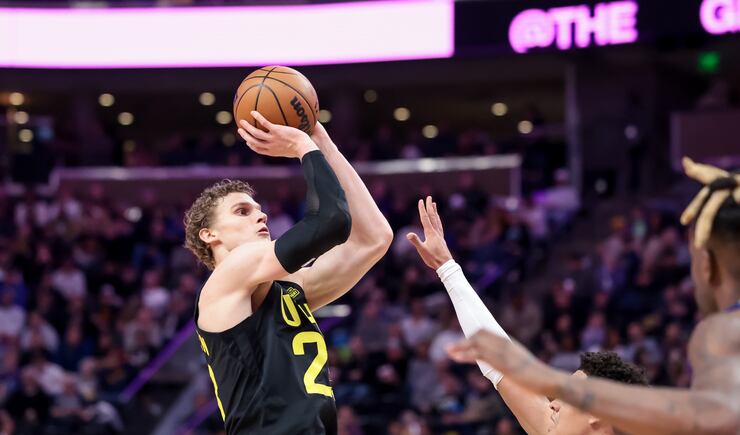
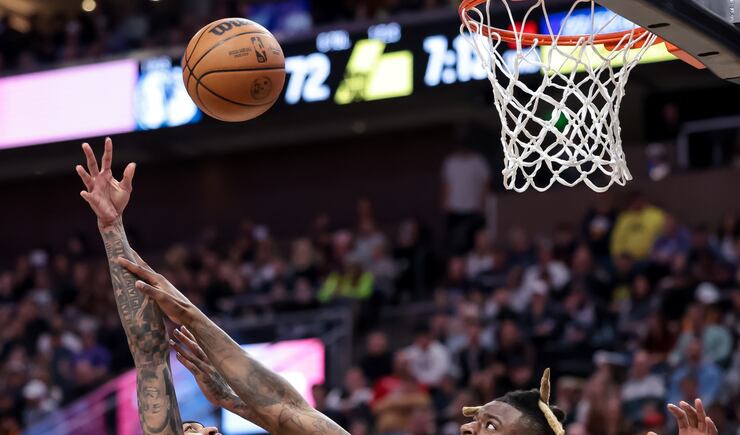
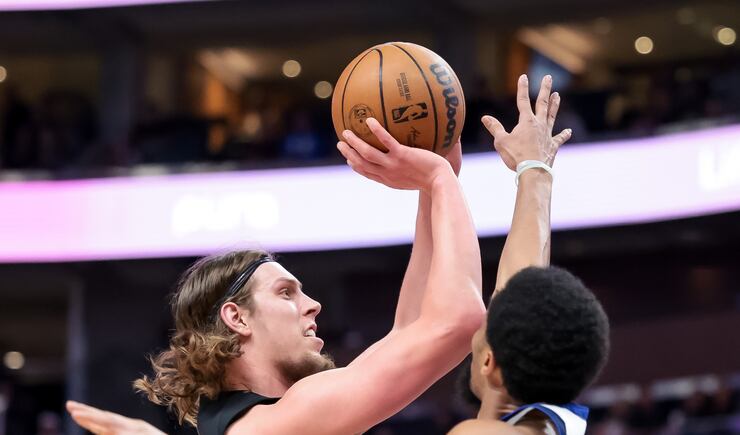
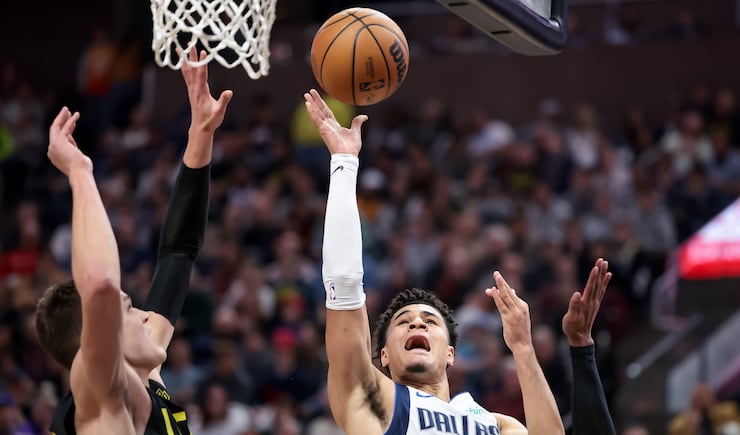
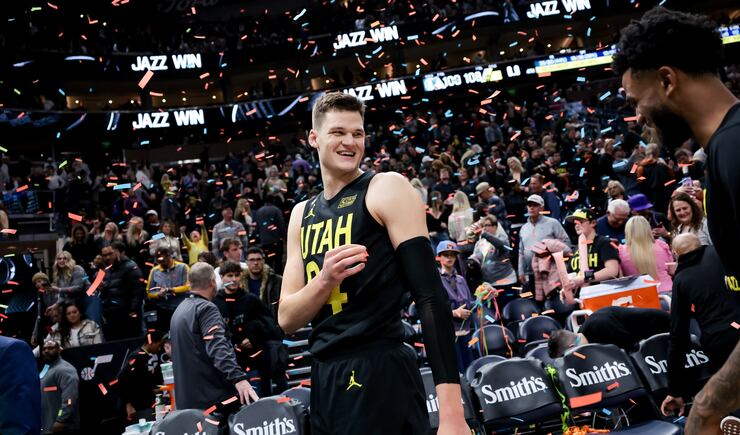
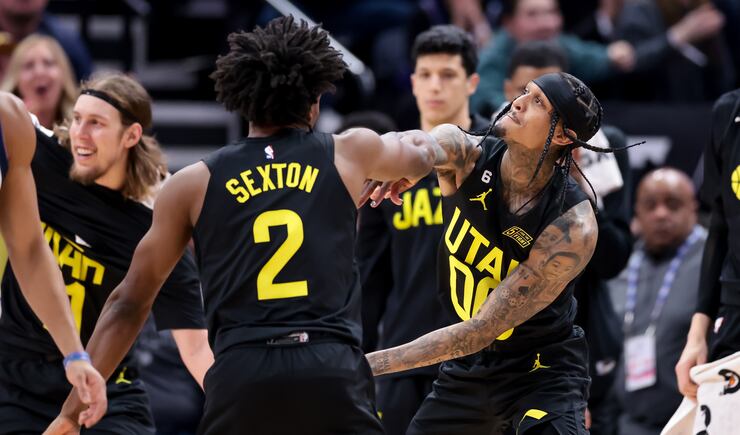
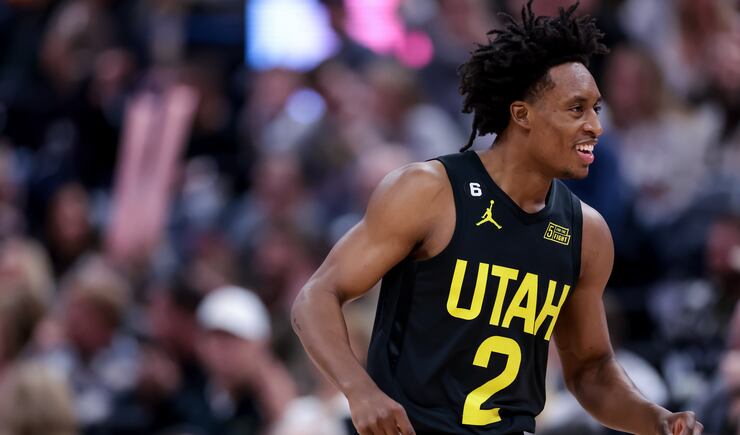
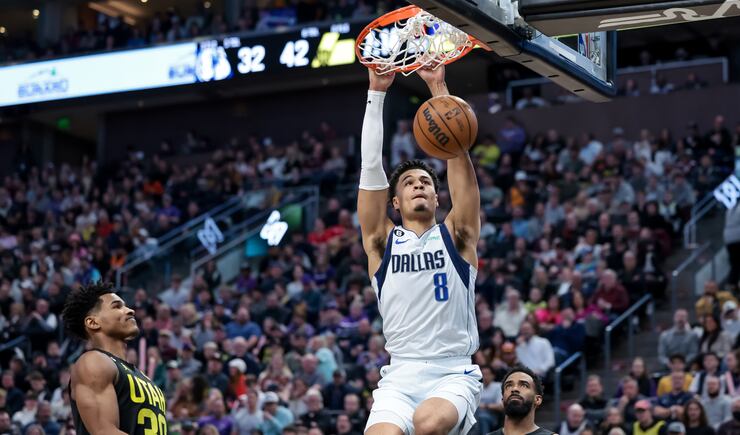
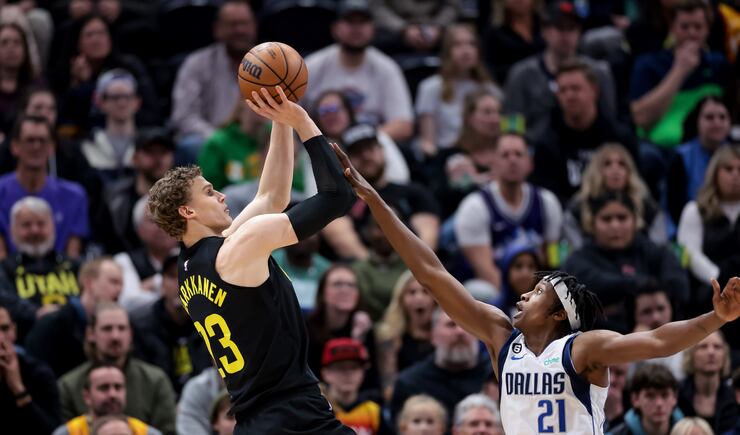
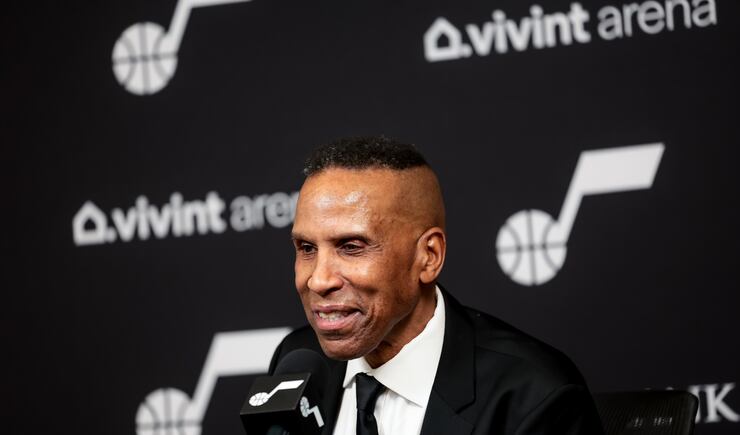
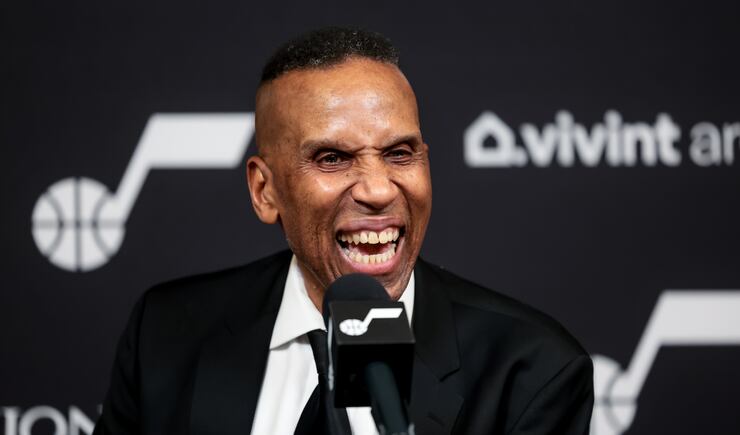
Two very specific types of defense
The Dallas Mavericks were playing a tailor-made version of a zone/man-to-man defense hybrid and the Jazz were very often playing a double-team on Spencer Dinwiddie, which then required a ton of rotations, and with those two types of really specific defenses being played on both ends, the game didn’t really have the same aesthetically pleasing rhythm as a normal NBA game.
“That’s not an easy game to play in,” Hardy said. “They’re playing a weird zone defense that turns into man to man, we’re playing a weird doubling, rotating defense that requires a ton of communication and talking in the game. Because of those two things, it’s kind of disjointed on both ends of the court and it’s hard to really get into a flow of the game. So it takes a ton of mental focus to maintain an understanding of what’s going on on both ends for 48 minutes and I thought our team did a good job of kind of digging in.”
The Jazz tried to execute the same kind of defensive gameplan against Damian Lillard and the Portland Trail Blazers on Wednesday, but the execution wasn’t nearly as good and Lillard ended up going off for 60 points.
Dinwiddie finished the night with 35, but the Jazz were able to make Dinwiddie work a lot harder and did a good job on a lot of possessions of denying him the ball and forcing him to give it up. Additionally the Jazz were able to maintain their defensive presence in the paint, allowing the Mavericks to score just 28 points in the paint compared to 58 points that they allowed the Blazers to score.
3-big lineup
There were a couple of reasons the Jazz were able to successfully contain things in the paint on Saturday night. First, the Mavericks were playing a really small lineup with a couple of their bigs sidelined. Dwight Powell (6-foot-10) was their starting center, but at times they were actually playing Dorian Finney-Smith (6-7) at the five as well.
So when you look at the points in the paint and that the Jazz won the rebounding battle 49-31, it kind of makes sense, especially when you consider the newest change to the Jazz’s rotation.
Walker Kessler has been starting in place of the injured Kelly Olynyk for a couple of weeks, and Kessler has done the same a couple of other times this season, but when Olynyk returned to the lineup on Saturday, Kessler remained in the starting lineup, moving Jarred Vanderbilt to the bench.
This was a move that was eventually going to happen and one that Hardy and the Jazz coaching staff was working toward, but it finally came to fruition on Saturday. That means that the Jazz have two 7-footers in Kessler and Lauri Markkanen, as well as the 6-foot-11 Olynyk on the floor together to start the game. That’s a huge lineup and one that is going to take some getting used to since those three guys haven’t played a ton of minutes together. But Markkanen actually has some pretty significant experience with similar lineups.
With the Cleveland Cavaliers last season, Markkanen was playing next to Evan Mobley (7-foot) and Jarrett Allen (6-foot-11) and it was a lineup that caused quite a lot of problems for opposing teams.
“It just gives you confidence defensively,” Markkanen said. “You can kind of pick up the ball a little bit higher, knowing that you have these shot blockers at the rim, so (the other team) might not even try them. … It’s a fun way to play for sure. We’ve just got to get some time to work on it and get comfortable with the rotations out of it.”
When the offense stops moving
The Jazz have the third highest offensive rating in the league at 116.6. They’ve got a great offense and score a lot of points and yet, they could be even better.
One of the things that they need to improve on is these weird lulls that they go through every once in a while during games.
What happens is that the Jazz will all of a sudden just stop moving. They’ll push the ball up the court and then someone will end up with the ball on the wing (usually Jordan Clarkson, Collin Sexton, Malik Beasley) and they will either hold the ball or dribble way too much and for way too long without anything else happening around them.
There’s no off-ball screens, there’s no cutters, there’s no on-ball screen, there’s just dribbling and allowing the defense to get set and ready for anything and by the time the Jazz start moving the shot clock has nearly dwindled away.
Sometimes, an isolation possession is necessary or understandable. But it’s when the Jazz have multiple possessions of stagnant basketball that the game starts to change in a bad way.
“It’s partly on the guy with the ball and it’s partly on their teammates,” Hardy said. “If four guys are just staring, watching somebody, they almost guilt you into playing an iso and that’s not how we play … in those moments like everybody’s looking at each other like, ‘Is it you? Is it me? What are we doing?’ And no one does anything. … I’m not going to sit here and pretend like every possession is going to be a masterpiece, but it’s when we have two, three, four of those in a three-minute window, that’s when the frustration kind of mounts.”
Beasley said that part of it is about mentality and making sure that the players remember that when they build a significant lead — like getting a 19-point lead in the first half over the Mavericks — that they were able to do so because of their offensive versatility and movement. If they continue playing that way, it gives the starters the opportunity to rest rather than play in tight close games all the way down to the wire.
“We’ve just got to make sure to continue to move the ball and not get bored with success,” Beasley said. “With a young team that tends to happen. You know, we were blowing them out in the first half, and we’ve gotta realize that to be a great team, we’ve got to get them out of the way so we can get our guys who don’t play in the game.”

